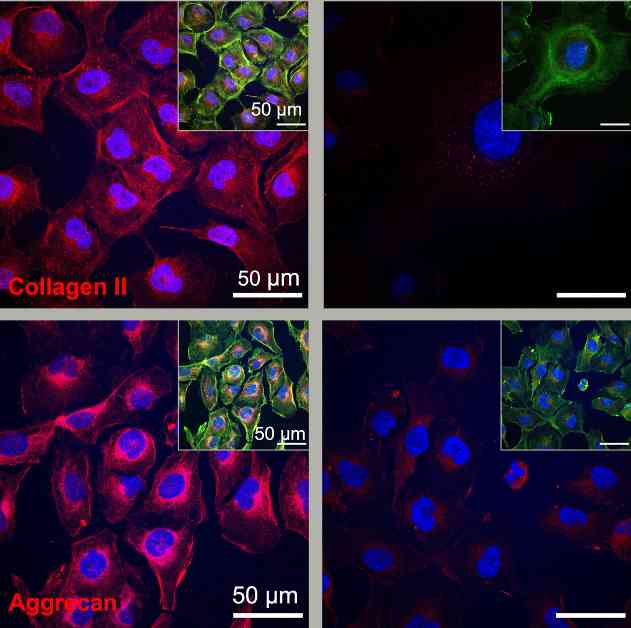Northwestern University researchers have made a groundbreaking discovery in regenerative medicine. They have developed a new therapy using fast-moving “dancing molecules” that can repair tissues and potentially reverse paralysis after severe spinal cord injuries. This innovative approach has now been applied to damaged human cartilage cells, showing promising results in just three days.
The study, led by Samuel I. Stupp, a renowned expert in regenerative nanomedicine, revealed that the faster the molecular motion, the more effective the treatment was in triggering cartilage growth. This discovery opens up new possibilities for treating osteoarthritis, a debilitating condition affecting millions worldwide. Osteoarthritis causes joint tissues to break down over time, leading to severe pain and disability. Current treatments aim to slow down disease progression, but there are limited regenerative options available.
The concept of “dancing molecules” involves synthetic nanofibers that mimic the extracellular matrix of the surrounding tissue. By incorporating bioactive signals for cellular receptors, these molecules can effectively communicate with cells and activate the regeneration process. The study demonstrated that the molecular motion of these synthetic materials plays a crucial role in engaging with cellular receptors and promoting cartilage growth.
The researchers developed a new circular peptide that mimics the bioactive signal of a protein critical for cartilage formation. By incorporating this peptide into supramolecular polymers with varying degrees of molecular movement, they were able to compare the effectiveness of different systems. The study showed that the supramolecular polymer with rapidly moving molecules was more effective in activating the receptors necessary for cartilage regeneration.
Moving forward, Stupp’s team plans to conduct animal studies to further test the efficacy of these systems and explore additional signals to enhance their bioactivity. The ultimate goal is to develop a novel bioactive material for regenerating cartilage tissue in joints, offering new hope for patients with osteoarthritis. Furthermore, the team is investigating the potential of dancing molecules to regenerate bone and exploring their application in other regenerative therapies.
Overall, this groundbreaking research highlights the transformative potential of “dancing molecules” in the field of regenerative medicine. By harnessing the power of molecular motion and synthetic nanofibers, researchers are paving the way for innovative treatments that could revolutionize the way we approach tissue repair and regeneration. The future looks promising for patients suffering from degenerative conditions like osteoarthritis, as these new therapies offer a glimmer of hope for a regenerative solution to their health challenges.












